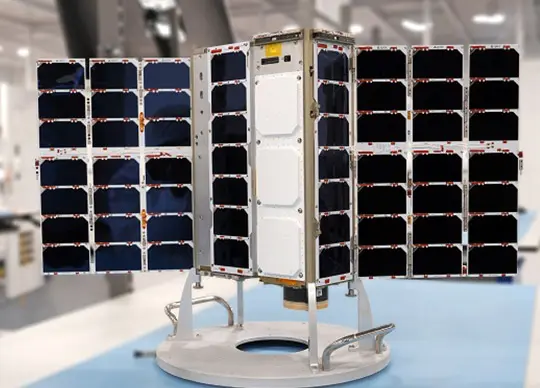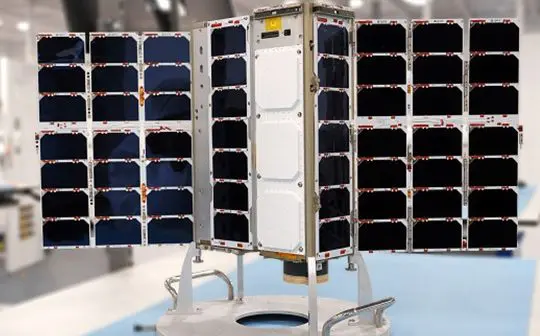
Spire Global has signed an agreement with OroraTech. Once operational, it will represent what it says will be the first and largest constellation of satellites dedicated to tracking and monitoring wildfires.
Each spacecraft in the eight-satellite constellation, which will be launched in mid-2024, will carry OroraTech’s proprietary thermal-infrared optical payload and data processing unit with on-orbit fire detection capability.
The urgent data collected by the satellites will be downlinked via Spire’s ground station network and delivered to OroraTech through an API.
The satellites will help identify and monitor areas at risk of wildfires as well as enable early detection of wildfire hot spots, which are increasing rapidly as a result of climate change.
OroraTech has operated a precursor sensor in orbit on a satellite designed, built and operated by Spire for 15 months.
Initially intended as a technology demonstration, it exceeded expectations and is now serving as an active fire monitoring instrument for customers across the globe.
Currently, the sensor is actively assisting SOPFEU, the fire agency of the province of Quebec, Canada. Earlier this month, another Spire satellite carrying payloads for OroraTech, was successfully launched on SpaceX Transporter-8.
Spire Space Services, with a $39 billion total addressable market, allows organizations to leverage Spire’s established infrastructure to put their business in space.
Spire worked alongside OroraTech to quickly validate the initial concept for the FOREST (Forest Observation & Recognition Experimental Smallsat Thermal Detector) constellation and cost-effectively demonstrate its functionality in orbit, handling not only the satellite platform but also taking care of integration and providing access to the company’s ground station network.
Now, Spire is working with OroraTech to quickly scale its constellation, enabling it to advance towards its plan to provide data to its customers every 30 minutes and within three minutes from detection of a wildfire at any place on Earth.
“Spire’s Space as a Service model, which is designed to rapidly bring new customers like ourselves to the vantage point of space within a few months of contract signature, proved invaluable in moving us quickly towards our goal,” said Dr. Axel Roenneke OroraTech’s chief commercial officer. “By continuously monitoring the Earth’s temperature, customers, like fire-fighting agencies, forestry and utility companies, are provided with real-time detection capability, continuous situational awareness as well as predictive insights to maintain control of wildfires.”
“At Spire, we have a strong track record of demonstrating and delivering the benefits that space can bring to life on Earth, and I can’t think of a more important and critical application than protecting our environment, people and property from destructive wildfires,” said Frank Frulio, general manager of Space Services, Spire. “Our proven Space as a Service model, where Spire is responsible for satellite platform provision, launch, in-orbit operations, ground and cloud infrastructure, is an easy-to-use service that allows customers such as OroraTech to focus on their applications and end users.”
Aside from the threat to life, global wildfire losses between 2018-2022 are estimated to total $69 billion (Munich Re), with the financial impacts affecting property destruction, infrastructure damage, evacuations, health-related expenses and wider economic losses across business sectors such as forestry, energy and tourism.
Spire also recently announced it is partnering with OroraTech on a Canadian Space Agency (CSA) contract to deliver preparatory work to for the implementation phases of a publicly funded wildfire monitoring satellite.
The two companies are leveraging their collective experience in satellite design and manufacturing and wildfire detection from space to help the CSA develop its WildFireSat mission, which aims to deliver daily monitoring of the country from space to support wildfire management, provide Canadians with more precise information on smoke and air quality conditions, and more accurately measure the carbon emitted by wildfires.





